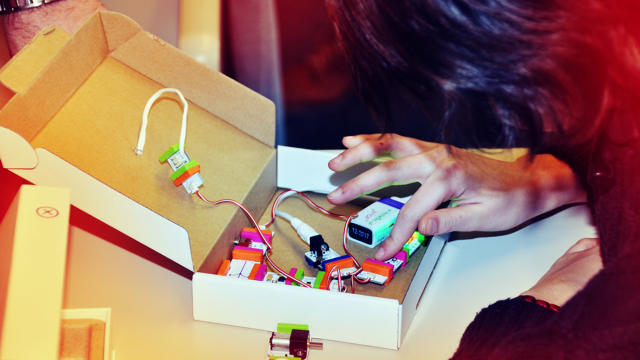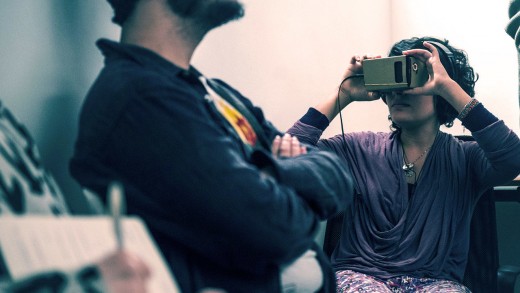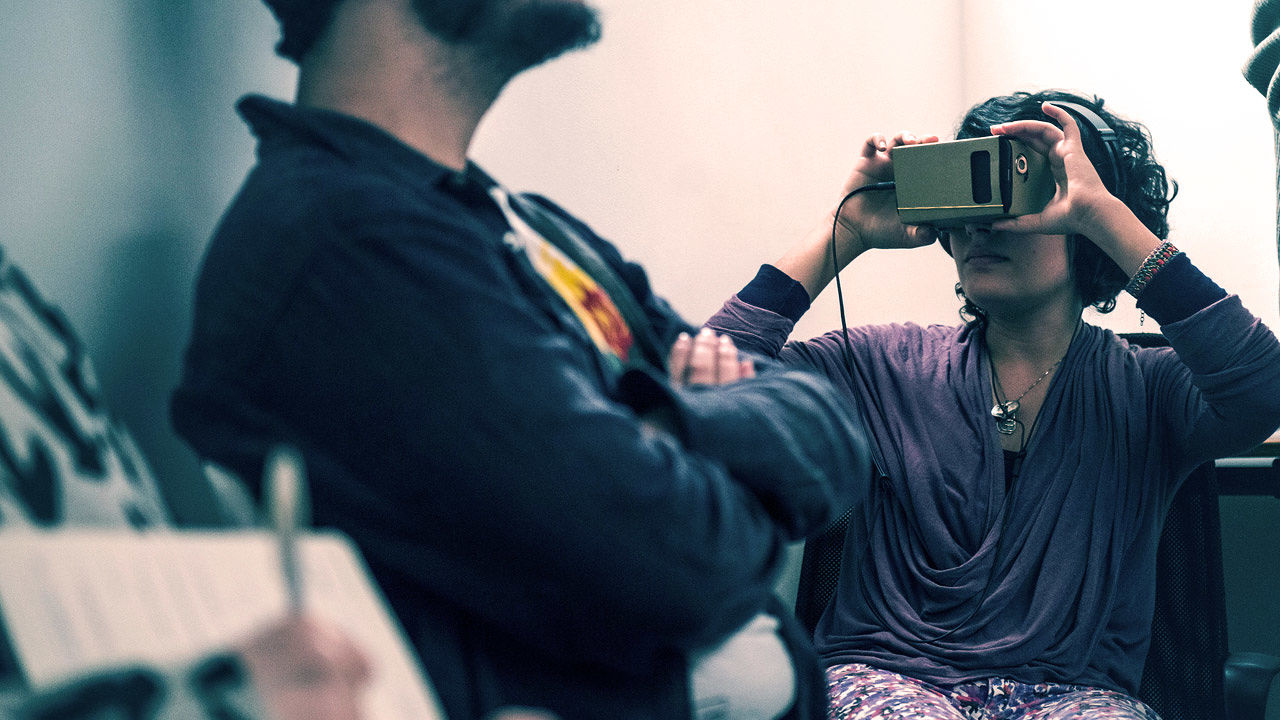The Six Tech Advances In Higher Ed That Are Preparing Students For The Future Of Work
Media coverage of higher education often focuses on the increased cost of college that places its graduates into an overload of debt with no decent job at the end. What’s often missing in that coverage is how higher education globally is developing technological innovations that are tremendous catalysts of change.
Two decades-old international education organizations on the forefront of technological change are the New Media Consortium (NMC) and the EDUCAUSE Learning Initiative (ELI). Last month they published the NMC Horizon Report: 2016 Higher Education Edition that charts emerging technologies in higher education.

Makerspaces, Affective Computing, And More
Makerspaces and Affective Computing are two of six key developments the Horizon report lists as modern technologies—along with six trends and six challenges—having a big impact on teaching, learning, and creative inquiry in colleges. All are very likely to achieve widespread adoption over the next five years and significantly alter the workforce of the near future.
Makerspaces are informal workshop environments where people gather to create prototypes or products in a do-it-yourself setting, explains NMC Horizon Project director Samantha Becker. “The key here is that these environments offer communal and cooperative access to devices and supplies [such as 3-D printers, Raspberry Pis, Arduinos, MaKey Makeys, Adobe Creative Suite software, laser cutters, and even sewing machines] for users to engage in self-directed activities that really build off of their curiosity and help them identify what they may be passionate about.” One such Makerspace among many on college campuses is the seven-story, $35 million Sears think[box] at Case Western University in Cleveland.
Affective Computing, as explained in the report, is based on the notion that we “can program machines to recognize, interpret, process, and simulate the range of human emotions.” For example, through advances in gesture-based computing and speech recognition, context-aware, emotionally responsive machines can cater to subtly communicated needs. We are starting to see this kind of research come to fruition in such products as Amazon’s Alexa and Apple’s Siri, both capable of responding to voice prompts. “The addition of emotion recognition would take the category to a new level.”
Some higher education institutions leading the way in this area include MIT’s Affecting Computing Group (ACG), the University of Michigan’s CHAI Lab on the science of decoding human behavior and the emerging field of Behavioral Signal Processing (BSP), and Greece’s University of Macedonia Computer Networks & Telematics Applications Lab.
The four other emerging educational technology developments outlined in the Horizon report were Robotics, Augmented and Virtual Reality, Learning Analytics and Adaptive Learning, and Bring Your Own Device (BYOD).
Robotics
According to the report, the world’s robot population—meaning “automated machines that accomplish a range of tasks”—is expected to reach 4 million by 2020, and “its potential uses are starting to gain traction.” New outreach programs are promoting robotics and programming as multidisciplinary STEM (Science, Technology, Engineering and Math) skills that can make students better problem solvers.”
An interesting robotics example comes out of the UC Berkeley Department of Electrical Engineering and Computer Sciences’s BRETT initiative, the acronym for the Berkeley Robot for Elimination of Tedious Tasks. “Everyone has experienced this in the workforce firsthand,” Becker says. “The most exciting projects you are working on take a lot of brain power and intense discussions and critical thinking, but then there are the tasks that seem a little more tedious, like data entry and updating your calendar. UC Berkeley has programmed a robot for those kinds of tasks.”

Augmented Reality (AR) And Virtual Reality (VR)
The report also includes AR, meaning “the layering of data over 3-D spaces to produce a new experience of the world,” and VR, meaning “computer-generated environments that stimulate the physical presence of people and objects to generate realistic sensory experiences.”
The report notes that exposure to AR and VR is useful for students in STEM disciplines or for those who have an entrepreneurial bent. The Augmentarium at the University of Maryland, for instance, “brings together a unique assembly of projection displays, augmented reality visors, GPU clusters, human vision, and human-computer interaction technologies, to study and facilitate visual augmentation of human intelligence and amplify situational awareness.”
Learning Analytics And Adaptive Learning
This technology is about Big Data and how it’s used in higher education to analyze student learning to more clearly see what is working or not working in order to create more effective pedagogies. It includes new software applications that track student learning in digital environments.
“This is all about monitoring student activities and tracking their behaviors,” Becker explains. “This has been happening for a long time, and there are many publishers and digital learning companies focusing less on publishing textbooks and more on producing adaptive learning platforms that reinvent their course services to be more about course material.”
The Universidad Internacional de La Rioja (UNIR) in Spain’s iLime project is a good example of an adaptive learning system that takes students’ informal and formal interactions to generate more personalized guidance recommendations, such as suggesting a specific deeper learning path that the student should follow in order to reach goals.
Bring Your Own Device (BYOD)
The ubiquity of our mobile devices, of course, has become a mainstay in education environments beginning at the K-12 level. The report describes higher education as “accommodating and even encouraging the use of mobile devices for a wide range of teaching and learning activities.” In short, colleges are supporting more robust Wi-Fi infrastructures, better networks for streaming a wide variety of content quickly, and looking closer into how to avoid security risks and create policies relative to safety and privacy.
For an example of how a smartphone can enhance a teaching and learning environment, check out MyTech at North Carolina State University. MyTech is a mobile app being used in physics labs that allows students “to analyze the motion of the device using raw data from the phone’s internal sensors as it falls, spins, or collides with springs. Each recording can be exported as a spreadsheet for more in-depth analysis.”
Where Education Is Heading
The combination of all these educational technologies paints a highly positive and rapidly changing picture of our colleges and universities worldwide. “Higher education has quietly enriched the entire planet and given us the ability to be much more informed and smarter,” says Bryan Alexander, an education consultant and futurist who has been a Horizon report committee member for 12 years.
“One of the trends is the development of startup thinking, entrepreneur thinking, getting to a culture of change. That is unusual for higher education. There is a different student body. The classic ivory tower is changing. The pattern is breaking, and we are blending work with academics in new ways.”
Fast Company , Read Full Story
(26)














